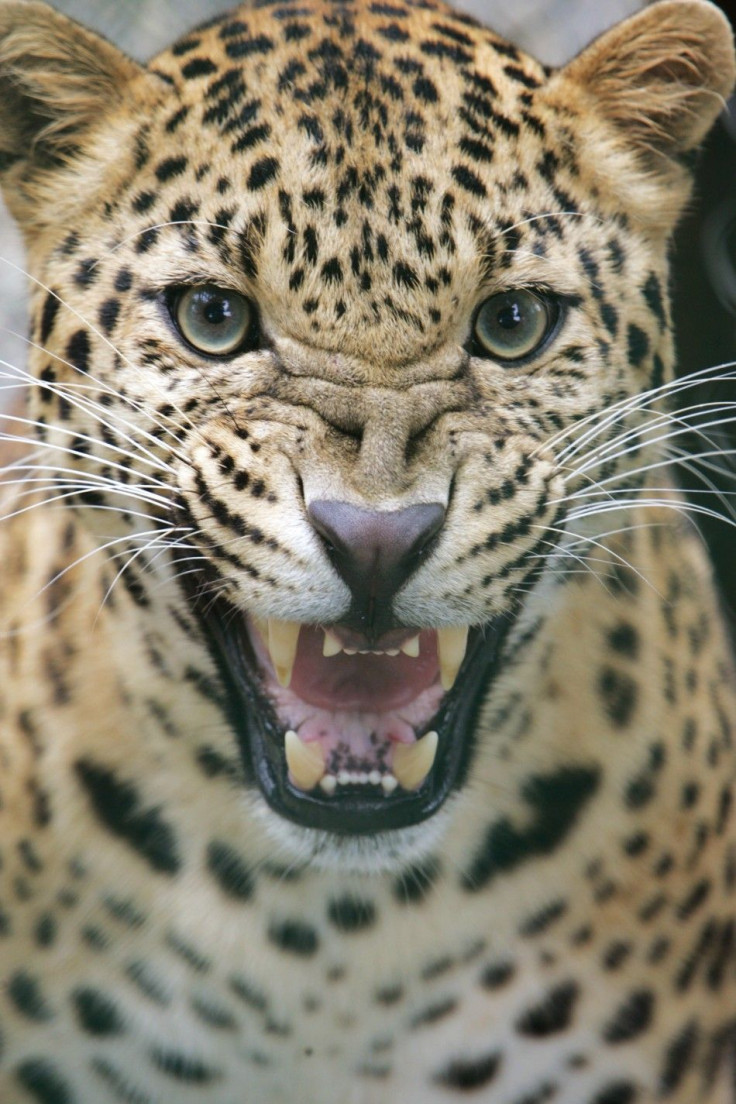Mumbai Slum Menaced by Stray Leopards

Slum life has always been dangerous, with overcrowding and a lack of infrastructure causing serious health concerns, but in Mumbai, India, the threat of leopard attacks only adds to the hazard.
In Borivali, an informal settlement on the outskirts of Mumbai, leopards prowl the streets and alleys at night, eating stray dogs, chickens and livestock. The cats come into the area almost every evening, and locals have to keep their children indoors to protect them.
The predators are residents of Sanjay Gandhi National Park, which is being encroached upon by Mumbai's expanding shanty-towns. There is no longer a boundary between the forest and the city, and hungry leopards looking for food are not afraid of humans.
Leopard attacks in slums are not a new phenomenon. Earlier this year, one of the big cats went on a rampage in a slum in West Bengal, where it attacked a number of park rangers and policemen, injuring five. In 2009, a leopard wandered into the slums of Kandivli in Mumbai, injuring two.
Borivali, along with Kandivli and Malad, were also the locations of a number of leopard attacks between 2003 and 2004, during which more than 30 people died. These leopards were also coming from the Sanjay Gandhi park.
Worldwide, slums are rapidly growing in developing nations, where more than 90 percent of slum dwellers live, according to the United Nations. Additionally, slum dwellers in these countries constitute 42 percent of the entire urban population.
Industrialization sends massive amounts of people into cities, which cannot grow fast enough to accommodate the surge. Often against zoning regulations, people move into unoccupied areas such as Sanjay Gandhi National Park, building homes from found materials. By 2004, more than 700 acres of the park had been built on illegally, a figure that has only grown since.
Mumbai's largest informal community, Dharavi was built on a one-square mile mangrove swamp in the center of the city. Dharavi is now home to between 600,000 and one million people, largely thanks to the tanning and textile industries. It's population density is 11 times higher than the Mumbai average, according to International Alliance of Inhabitants.
The theme of humanity encroaching on animals' habitats is not unique to slums. Urban expansion in both Sri Lanka and India has exponentially increased the number of elephant attacks in major cities. More than 100 people annually die in the Indian state of Karnataka due to elephant attacks, while another 50 die in Sri Lanka.
In England, foxes are not an unusual sight in London and other cities, where they are treated like raccoons. In the United States, black bears and coyotes are becoming an increasingly common sight in many suburbs, and a mountain lion was killed on a Connecticut highway in June.
Slums have a serious environmental impact that not only affects animals, but whole ecosystems. In Nairobi’s Kibera slum, which is one of the largest informal settlements in the world, residents dispose of human waste with what are known as “flying toilets.” They simply use found plastic bags as bathrooms, then toss the bags aside.
Nonetheless, adequate housing is a human right and protected under United Nations guidelines, and the growth of slums will continue exponentially. People deserve shelter wherever they are, but until there is a solution for informal settlements, there will be more conflict between humans and Mother Nature.
© Copyright IBTimes 2024. All rights reserved.











